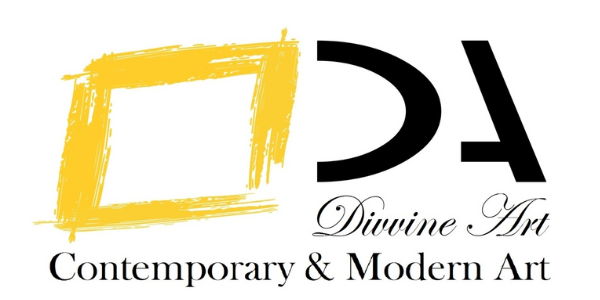Nandalal Bose
Nandalal Bose was born on 3 December 1882 in a middle-class Bengali family. In 1898, at the age of fifteen, Nandalal moved to Calcutta for his high school studies in the Central Collegiate School. After clearing his examinations in 1902, he continued his college studies at the same institution. Nandalal wanted to study art, but he was not given permission by his family. Unable to qualify for promotion in his classes, Nandalal moved to other colleges, joining the Presidency College in 1905 to study commerce. After repeated failures, he persuaded his family to let him study art at Calcutta’s School of Art.
As a young artist, Nandalal Bose was deeply influenced by the murals of the Ajanta Caves. He had become part of an international circle of artists and writers seeking to revive classical Indian culture. His genius and original style were recognised by famous artists and art critics.
The National Gallery of Modern Art in Delhi holds 7000 of his works in its collection, including a 1930 black and white linocut of the Dandi March depicting Mahatma Gandhi, and a set of seven posters he later made at the request of Mahatma Gandhi for the 1938 Haripura Session of the Indian National Congress. He became principal of the Kala Bhavana (College of Arts) at Tagore’s International University Santiniketan in 1922.
Nandalal Bose, who left a major imprint on Indian art, was the first recipient of a scholarship offered by the Indian Society of Oriental Art, founded in 1907. In 1956, he became the second artist to be elected Fellow of the Lalit Kala Akademi, India’s National Academy of Art. In 1954, Nandalal Bose was awarded the Padma Vibhushan. In 1957, the University of Calcutta conferred honorary D.Litt. on him. Vishvabharati University honoured him by conferring on him the title of ‘Deshikottama’. The Academy of Fine Arts in Calcutta honoured Nandalal with the Silver Jubilee Medal. The Tagore Birth Centenary Medal was awarded to Nandalal Bose in 1965 by the Asiatic Society of Bengal. Acharya Nandalal, an Indian documentary film on the artist was made by Harisadhan Dasgupta in 1984. He occupies a place in the history of Modern Indian art that combines those of Raphael and Durer in the history of the Renaissance.
